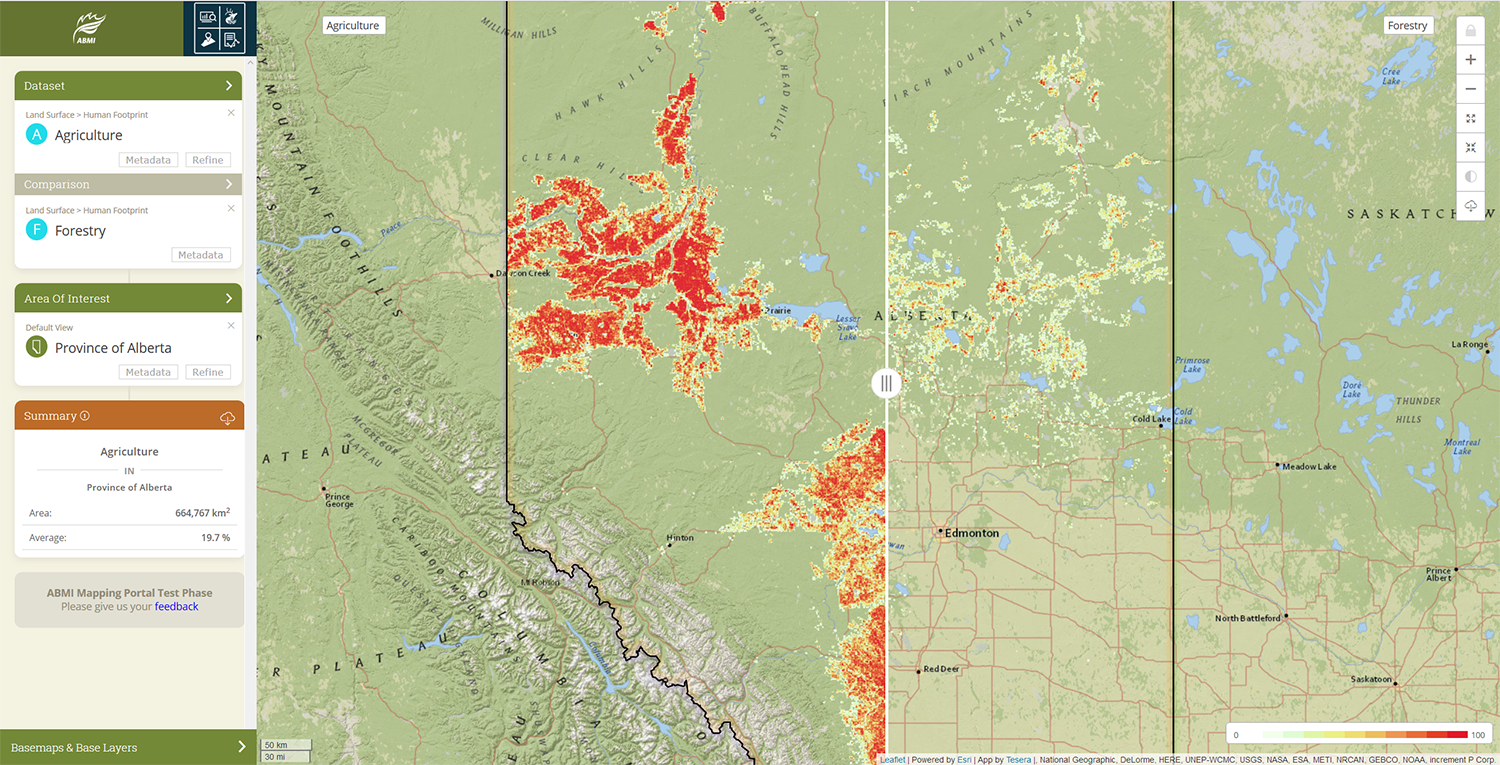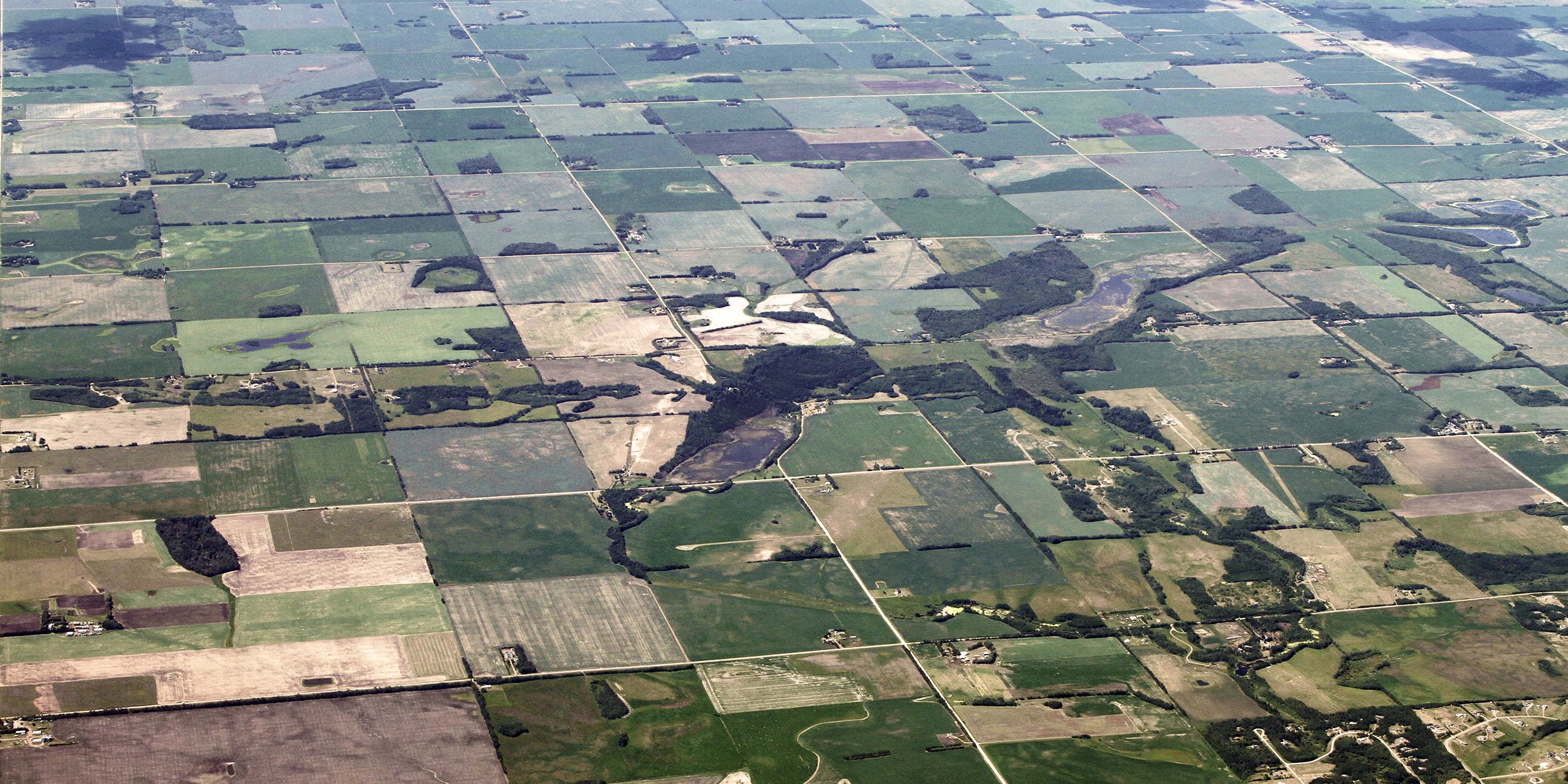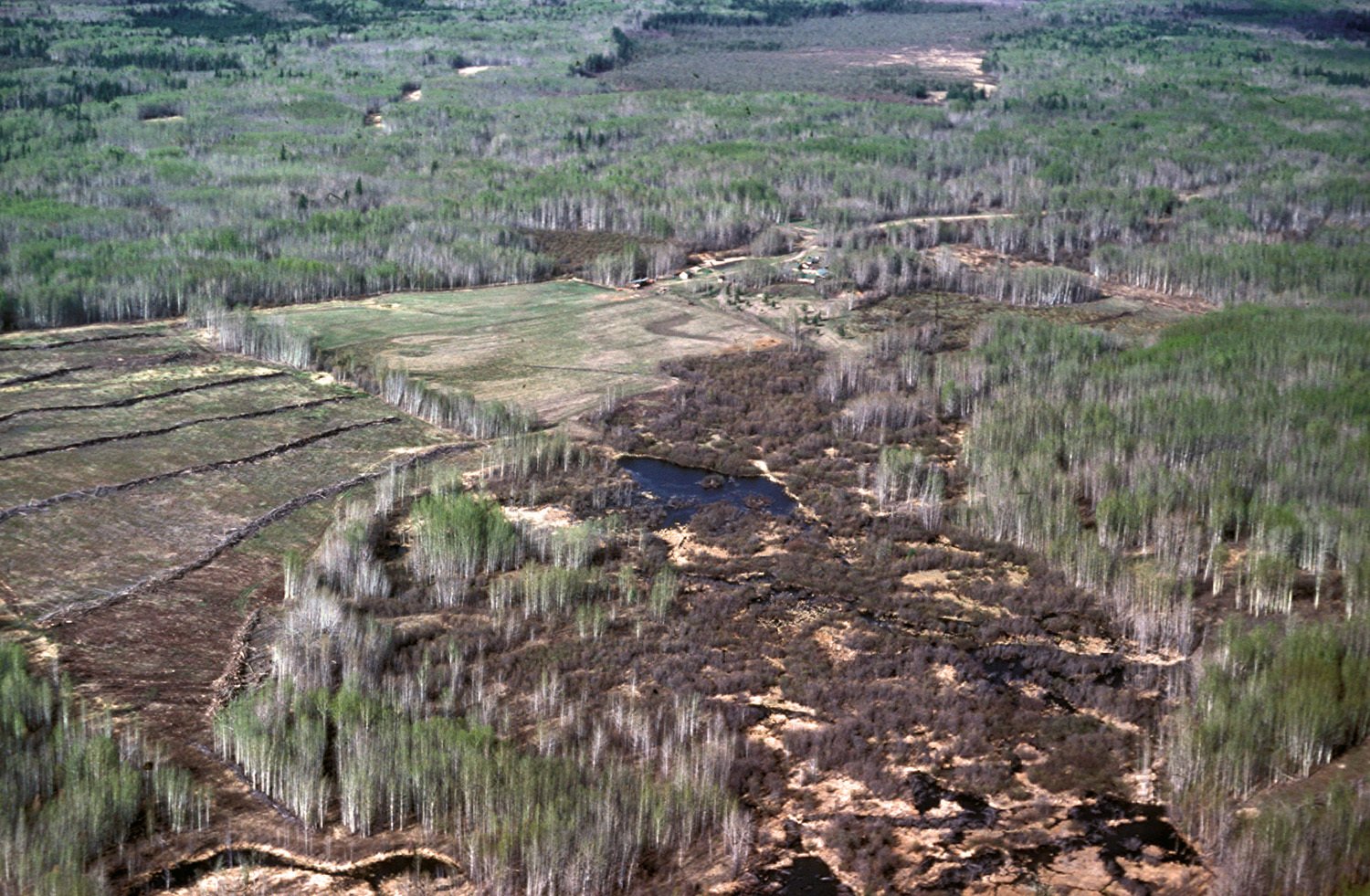Albertans have a new resource at their fingertips that provides detailed information on hundreds of Alberta’s plant and animal species. Welcome to the ABMI’s new online Data & Analytics Portal—a one-stop-shop that provides easy access to our extensive biodiversity-related data, reports, and maps. A key part of the Data & Analytics Portal is the ABMI [...]




